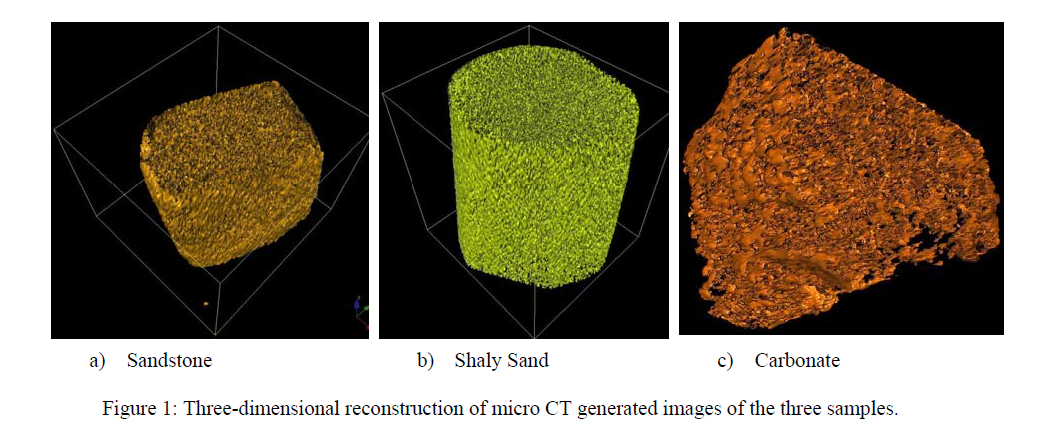From the very early days of hydrocarbon exploration and production, cylindrical rock samples known as cores have been used as identifying reservoir samples for determining important physical properties such as porosity, permeability, grain density, and important rock-fluid interaction properties such as wettability, capillary pressure and relative permeability. All of these properties are needed to predict and improve hydrocarbon recovery. Converted medical X-ray CT-scanners have provided the oil industry with many important rock and rock-fluid properties in a non-destructive manner. Although medical CT-scanners have seen constant improvement in speed since their inception in the early ‘70s, the spatial resolution has not improved from the typical 350-450 μm range. Typical pore sizes of reservoir rocks vary from sub-micron to few microns and therefore the oil industry has been looking for alternatives such as micro and nano CTscanners.
Micro CT-scanners have been used successfully to extract valuable information from cuttingssized rock fragments (Siddiqui et al., 2005) and constant research involving micro CT-scanners can eventually eliminate the need for cutting cores, which is time-consuming, risky and expensive. This paper first presents an exhaustive review of the state-of-the-art in micro CT-based petrophysical research. It describes the various techniques used by researchers for image reconstruction, artifact reduction,segmentation, network extraction, pore body-pore throat distribution leading to the building of realistic pore network models and then determining different petrophysical properties using methods such as Lattice-Boltzman Method (LBM), Finite Element Method (FEM) and Monte-Carlo simulation (MCS). The paper presents some specific applications in petroleum engineering, identifies the areas in which deficiency exists and suggests possible improvements. The paper also discusses future directions in micro CT-based research for obtaining various petrophysical parameter.
Full text available here.



